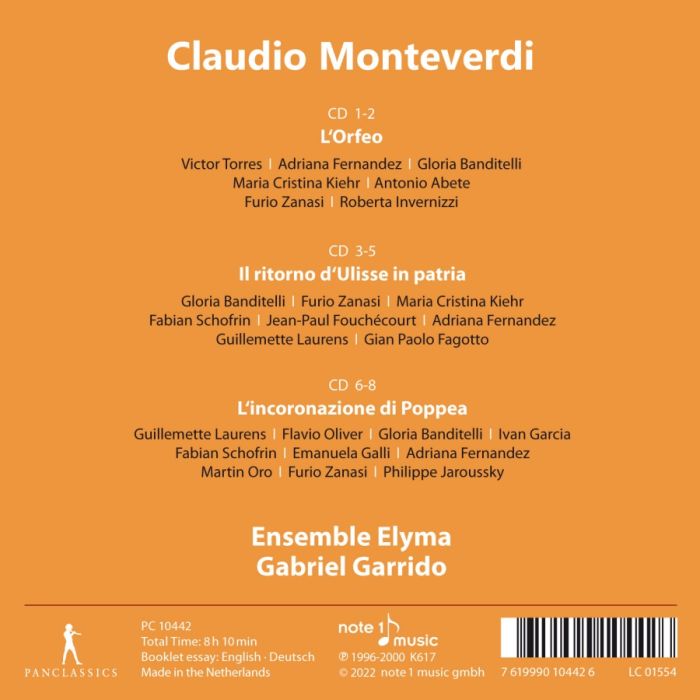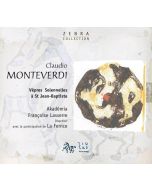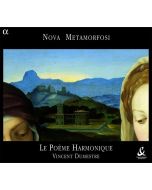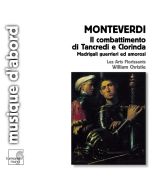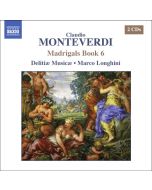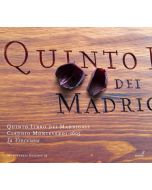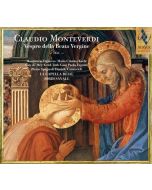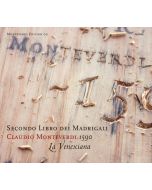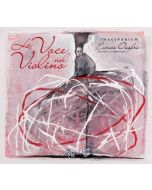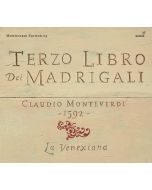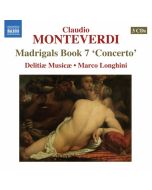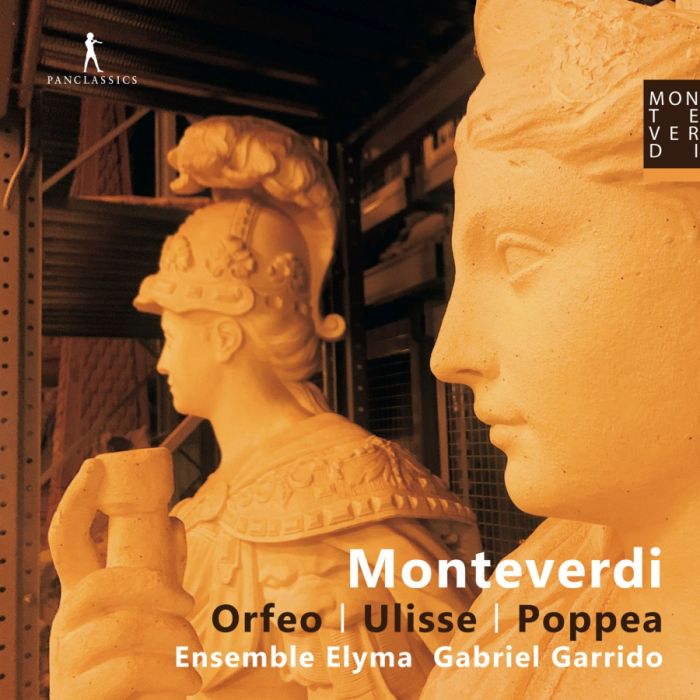
(Produkt nie został jeszcze oceniony)
kompozytor
Monteverdi, Claudio
tytuł
Monteverdi: Orfeo – Ulisse – Poppea
wykonawcy
Ensemble Elyma, Garrido, Gabriel
nr katalogowy
PC 10442
opis
At the end of the 1990s, the recordings of Gabriel Garrido represented an important landmark in the interpretation of Monteverdian opera. What attracted one's attention straightaway in his versions were the brilliance and the hedonism of the actual recording itself. Following the precepts noted by the theorist Agostino Agazzari (a contemporary of Monteverdi) concerning continuo realization, Garrido involved not only the typical instruments which can play contrapuntally (keyboard, organ, archlute, harp, etc) but those with melodic capabilities as well. The resulting sound was opulent but never ornamental; and from it the dramatic rhythm flowed in a series of subtle ways. It was precisely with the voices where Garrido set himself apart from his predecessors. By deciding to surround himself with Latin voices (Italian, French, Spanish, Argentinian
) he endowed his Monteverdi with warm, rounded and sensual vocal colours. Any number of the individual vocal performances recorded here continue to represent interpretative touchstones: the Messaggera and Penelope of Gloria Banditelli, the Proserpina of Roberta Invernizzi, the Telemaco of Jean-Paul Fouchécourt, the Caronte of Antonio Abete, the Ulisse of Furio Zanasi and the Melanto of Guillemette Laurens stand out among many. Interpretatively distant not just from the contrasting theatricality offered by Harnoncourt and Jacobs but also the restrained seriousness of the British ensembles, the Monteverdian readings of Garrido are possessed of a sound which manages to be spectacular and yet private, considered yet visceral.
nośnik
CD x 8
wydawca
Pan Classics
data wydania
2.11.2022
EAN / kod kreskowy
7619990104426
159,00 zł
Produkt na zamówienie
Wysyłka ustalana indywidualnie.
Darmowa wysyłka dla zamówień powyżej 300 zł!
Darmowy kurier dla zamówień powyżej 500 zł!
sprawdź koszty wysyłki